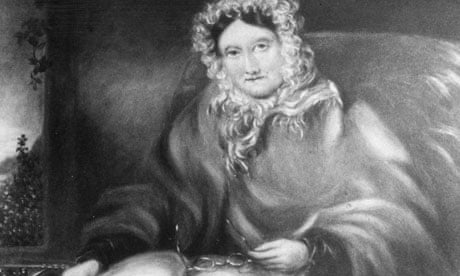It was a "threatening, misty morning – but mild," on 15 April 1802, when William and Dorothy Wordsworth set off. "The wind seized our breath the Lake was rough," wrote the poet's sister, a little breathlessly, in the Journals of Dorothy Wordsworth, edited by Marion Moorman (Oxford).
She observes primroses, wood sorrel, anemone, scentless violet and "that starry yellow flower which Mrs C calls pile wort. When we were in the woods beyond Gowbarrow park we saw a few daffodils close to the water side. We fancied that the lake had floated the seeds ashore and that the little colony had so sprung up. But as we went along there were more and yet more and at last under the boughs of the trees, we saw that there was a long belt of them along the shore, about the breadth of a country turnpike road.
"I never saw daffodils so beautiful they grew among mossy stones about and about them, some rested their heads upon these stones as on a pillow for weariness and the rest tossed and reeled and danced and seemed as if they verily laughed with the wind that blew upon them over the lake, they looked so gay ever glancing ever changing. The wind blew directly over the lake to them. There was here and there a little knot and a few stragglers a few yards higher up but they were so few as not to disturb the simplicity and unity and life of that one busy highway."
Rain came on. So, two years later, did one of the most famous poems in the English language.

Comments (…)
Sign in or create your Guardian account to join the discussion